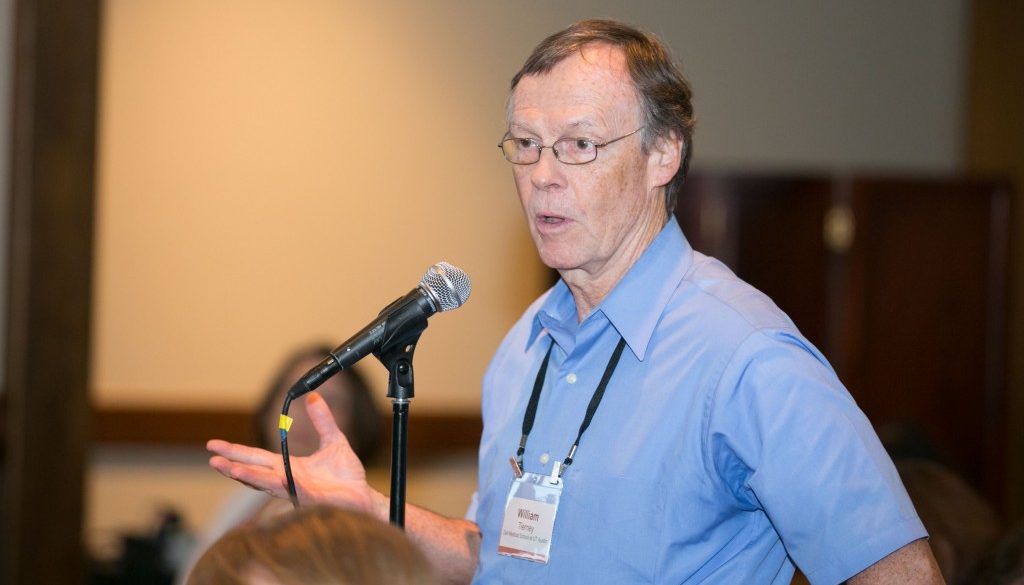Creating Interdisciplinary Homes: Joys, Challenges, and Strategies
IAPHS Library| Dr. Chris Bachrach, IAPHS Executive Director, reports from the Improving Population Health Conference in Austin October 2-4, 2017. A sociologist, a physician and a nurse come into a room and take their seats. The moderator, a public health urbanist, asks them how they manage to work together to advance population health. Enthusiastically, they dive into the conversation. The sociologist is Deb Umberson, Director of the Population Research Center at UT Austin. The physician is Bill Tierney, who chairs the Department of Population Health at the Dell Medical School. The nurse, Alex Garcia, is Director of Community Engagement and Health Equity in the Department and also an Associate Professor in the UT School of Nursing. And the public health urbanist is Lourdes Rodriguez, Director of the Center for Place-Based Initiatives at Dell. It’s the final day of the Improving Population Health: Now, Across People’s Lives, and Across Generations to Come conference, and the room is packed for the session titled “Creating Intellectual Homes for Interdisciplinary Population Health Research.” Panel members spend much of their time talking about how much they get out of working together across their disciplines. Lourdes: “It’s a lot more fun because interdisciplinary collaboration gives you perspective — it’s like having eyes in the back of your head. “ Bill: “You can leverage the power of what other people know. Demographers know that the ZIP code is more important than the genetic code, and they can help physicians understand contextual dimensions.” Deb: “On our side, we’re asked about the implications of our research for policy and practice and we don’t have good answers. But our new colleagues know a lot about this. It’s a joy to find yourself adopting each others’methods and approaches – the population perspective, the nursing and clinical perspectives.” Alex mentioned some of the challenges. “It takes time to understand what other disciplines can contribute. Just bridging the acronym language gap is a challenge – does CDC mean Community Development Corporation or Centers for Disease Control? Being a human bridge isn’t always comfortable. There are demands on your time, and pulls from the different disciplines you are engaging.  One of the audience members asked where the money for interdisciplinary work can come from. In response, Bill pointed to moving from fee-for-service to capitated payments for health care, and to the savings possible from improving the efficiency of the health care system by emphasizing outpatient preventive care and avoiding unnecessary ER visits and hospitalizations. Many of the panelists offered up strategies for making interdisciplinary collaborations work smoothly. Having individuals whose job is to connect people across departments is a real boon. At Dell, many of those people keep their appointments in their home disciplinary departments. This works well, as long as people are cognizant about stresses on people’s time and find ways to leverage their activities so that they serve both departments. A key strategy is creating a culture that promotes and rewards interdisciplinarity. As Lourdes offered, the message is “I can do everything better with you! Not, everything you can do I can do better.” Having common problems to solve also helps teams get beyond methodological differences. As the conversation goes on, these four people exude pride and excitement about working together to bring medical and social science, community participation, and policy and practice together to advance health equity in Austin. Personally, I want to stay tuned for more of their lessons learned as they extend this interdisciplinary space on into the future. |




All comments will be reviewed and posted if substantive and of general interest to IAPHS readers.